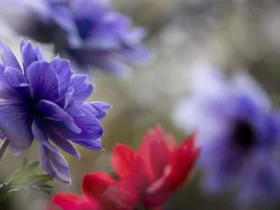In the world of flowering plants, few are as captivating and versatile as Ipomoea purpurea, commonly known as the Morning Glory. With its enchanting blooms that unfurl like delicate cups at the break of dawn, this plant has earned a special place in gardens, landscapes, and even folklore. In this article, we explore the captivating world of Ipomoea purpurea, uncovering its appearance, symbolism, cultural significance, and the joy it brings to both gardeners and nature enthusiasts.
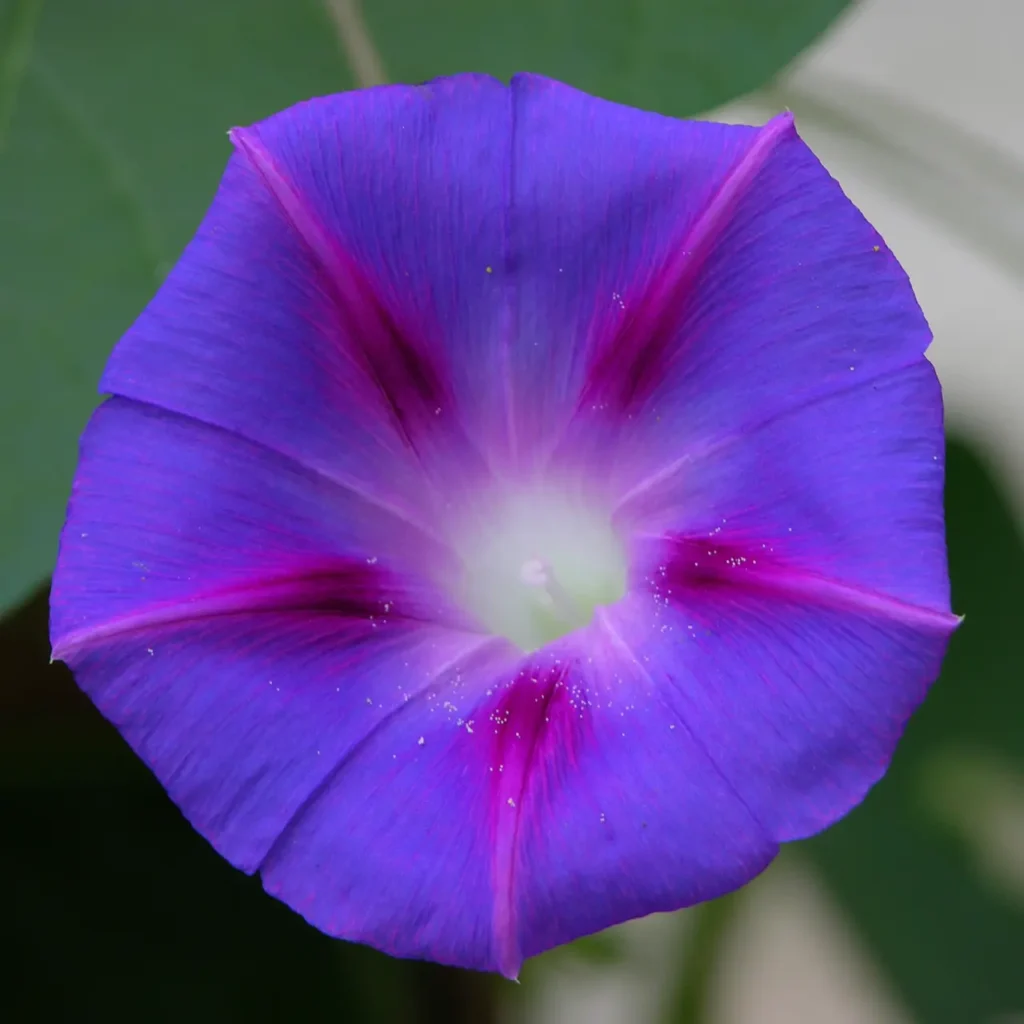
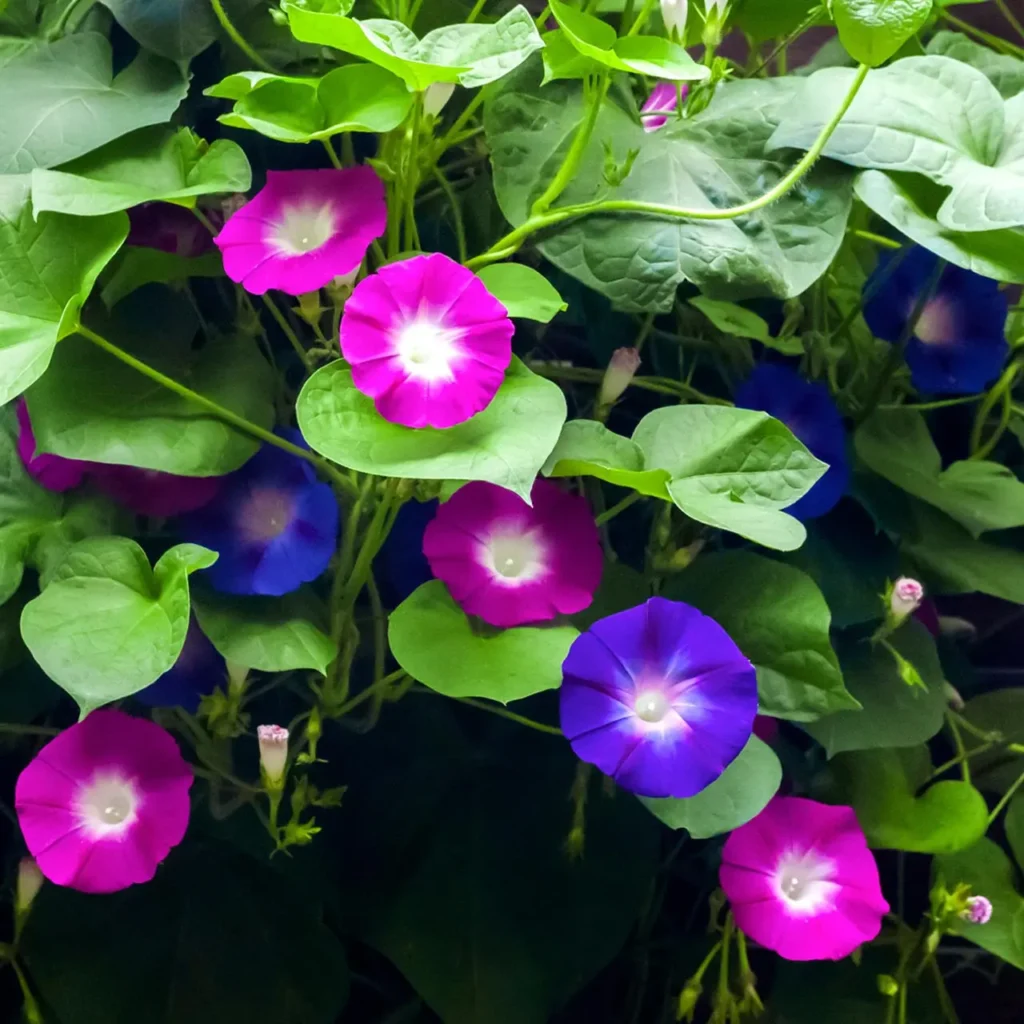
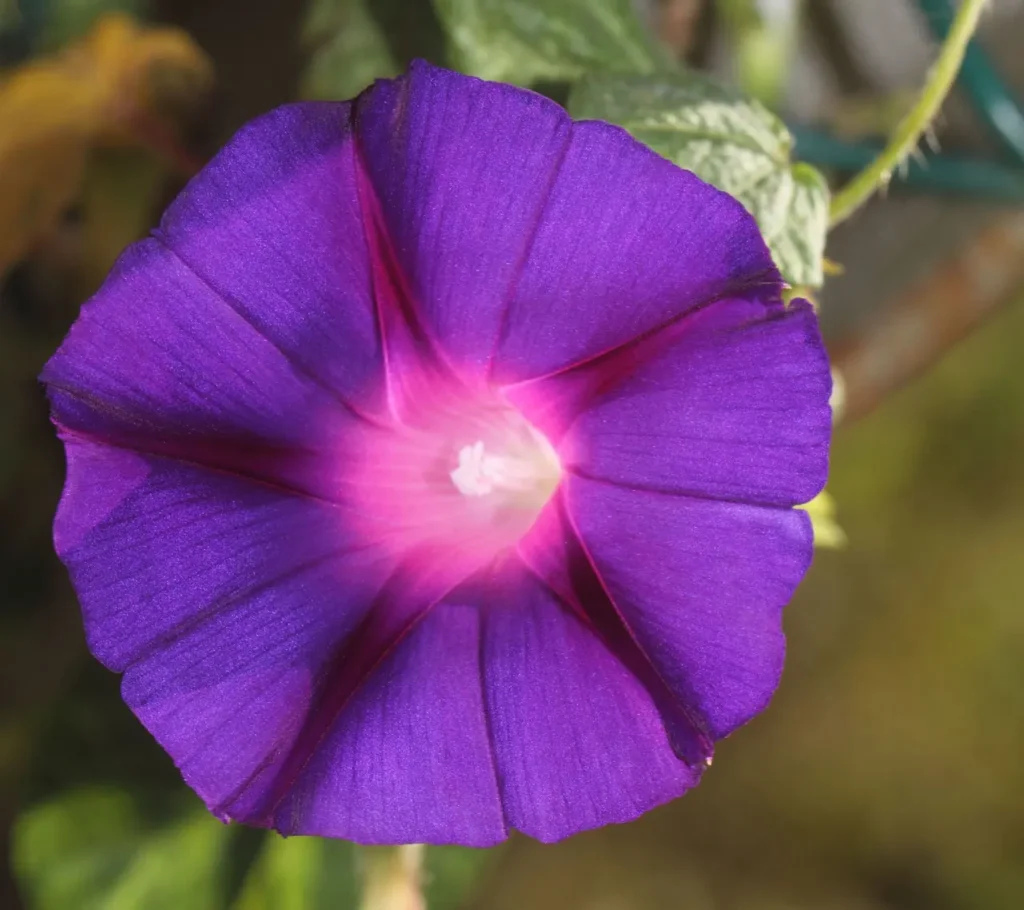
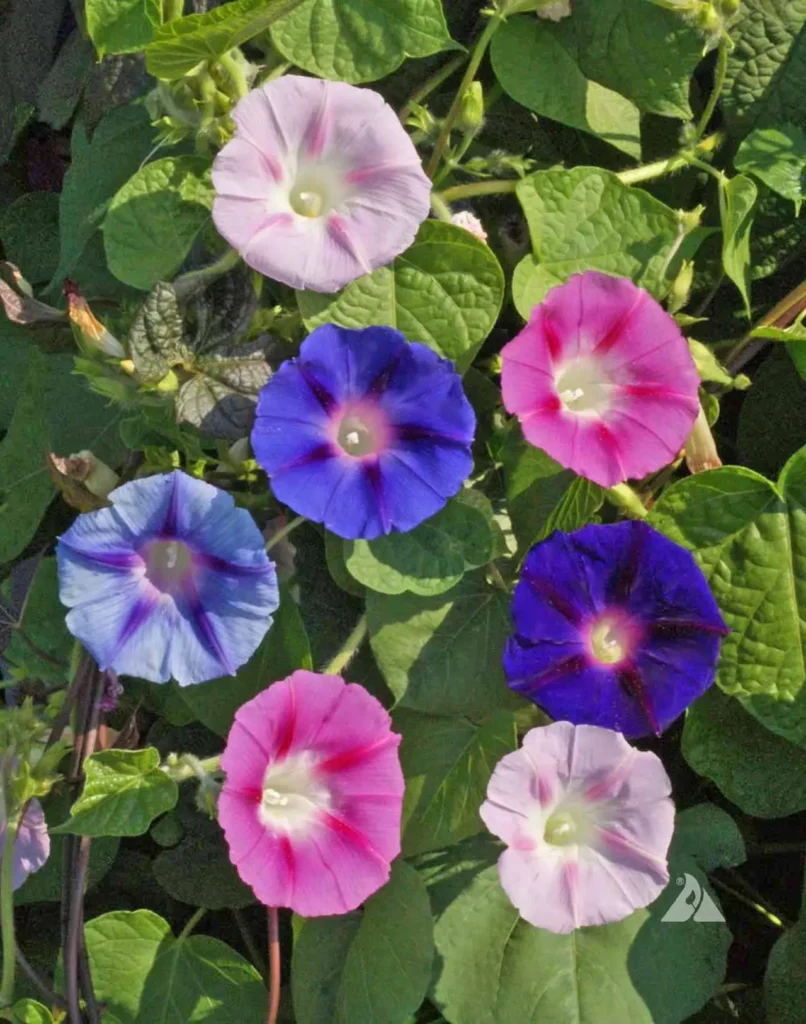
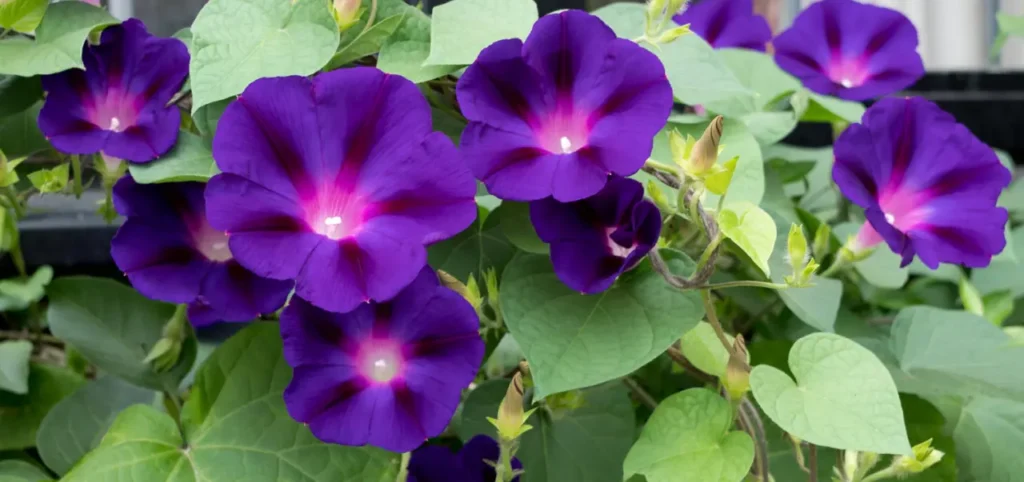
Appearance and Characteristics
Ipomoea purpurea, a member of the Convolvulaceae family, is celebrated for its vibrant and diverse blooms. The flowers come in an array of colors, from shades of blue and purple to pinks, reds, and even white. The petals often showcase a distinctive star or funnel shape, giving the Morning Glory its unique appearance. The lush green foliage provides an attractive backdrop to the blossoms, creating a harmonious display.
One of the most fascinating aspects of the Morning Glory is its ephemeral nature. The flowers open in the early morning hours, often unfurling from tightly wound buds that resemble miniature fists. As the day progresses, the blooms gradually close up, creating an enchanting dance that mirrors the cycle of day and night.
The color of the Ipomoea purpurea
Ipomoea purpurea, commonly known as the morning glory, is a flowering vine that produces beautiful, trumpet-shaped flowers. The flowers of Ipomoea purpurea come in a wide range of colors, making them highly sought after for ornamental purposes. The most common color is a bright sky blue, but they also come in various other shades, including:
- Purple: The specific epithet “purpurea” refers to the purplish color of the flowers. They can range from light lavender to deep violet-purple hues.
- Pink: Morning glories can produce flowers in shades of soft pastel pink to vibrant magenta.
- Red: Some cultivars of Ipomoea purpurea have deep red flowers that are quite striking.
- White: White morning glory flowers are known for their purity and elegance.
- Blue: As mentioned earlier, blue is the most common color, with shades ranging from light blue to rich cobalt blue.
- Mauve: This is a softer shade that falls between purple and pink.
- Bi-color: There are morning glory varieties that exhibit two or more colors in their flowers, such as blue and white, or pink and white.
- Striped: Some cultivars have unique striped or variegated patterns on their petals.
- Violet: A shade that’s somewhat similar to purple but may have a slightly bluer undertone.
- Lavender: A delicate and soothing color that falls between blue and purple.
Morning glories are known for their vibrant and eye-catching flowers, and they can add a splash of color to gardens, trellises, and fences. The exact color of the Ipomoea purpurea flowers can vary based on the specific variety or cultivar you are growing.
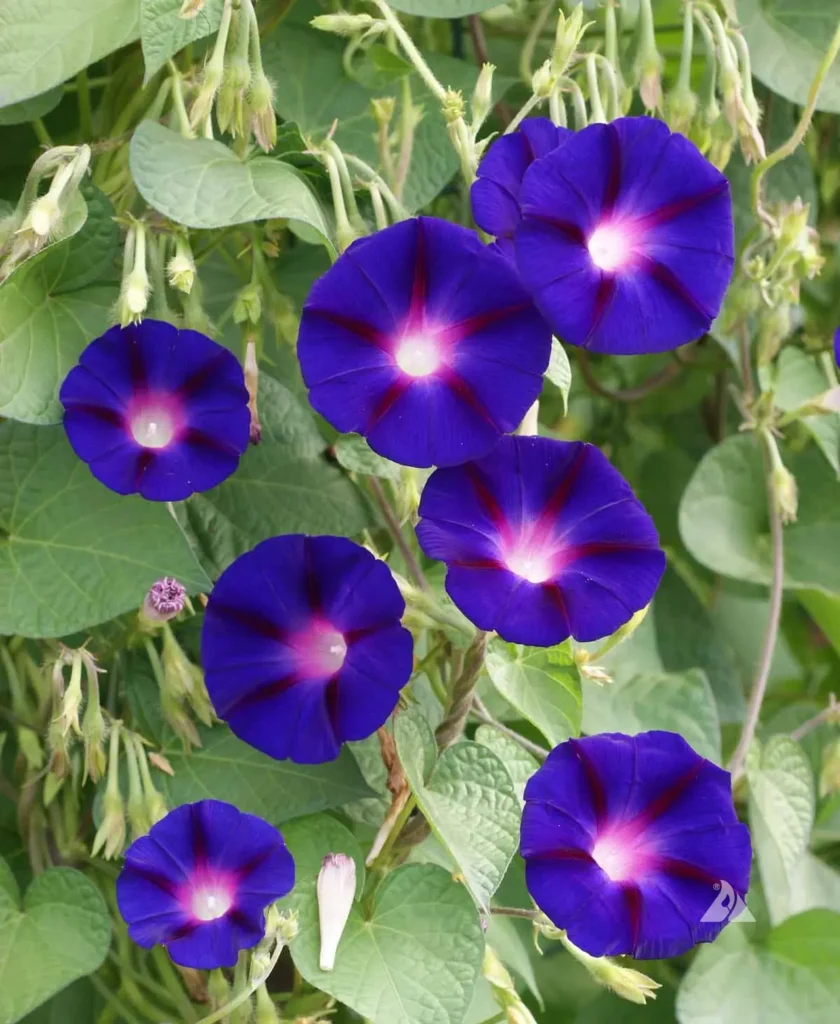
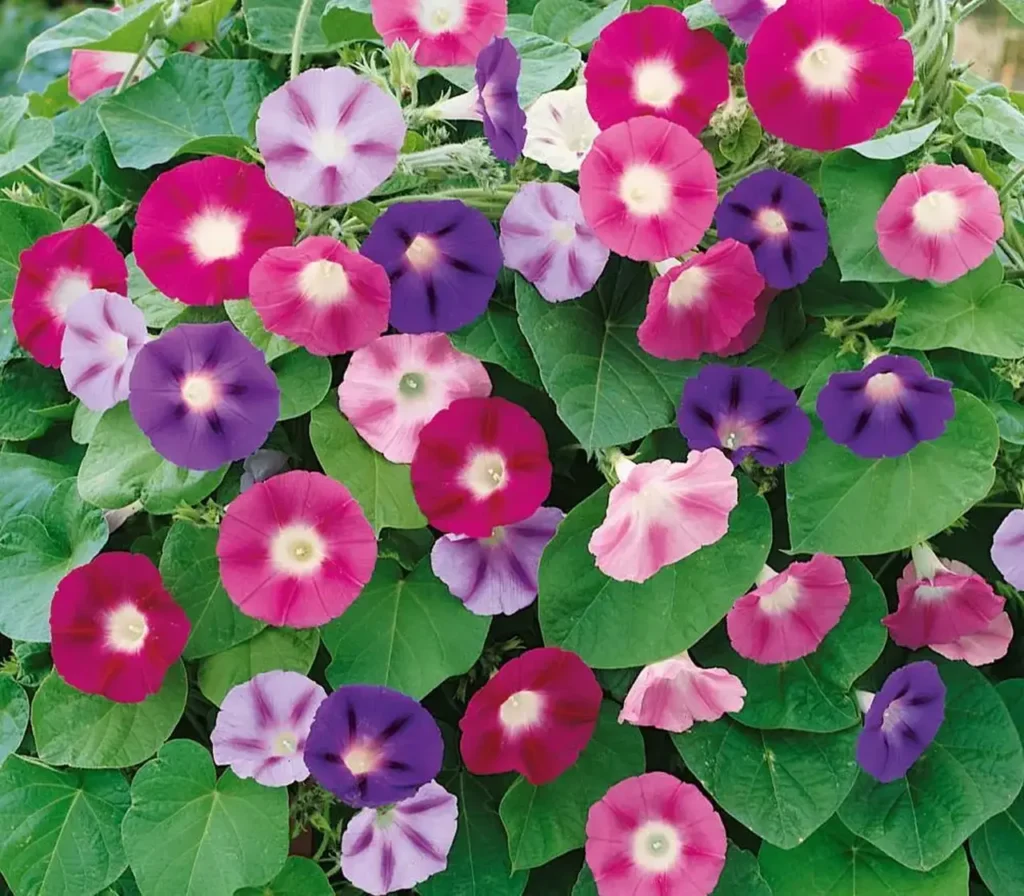
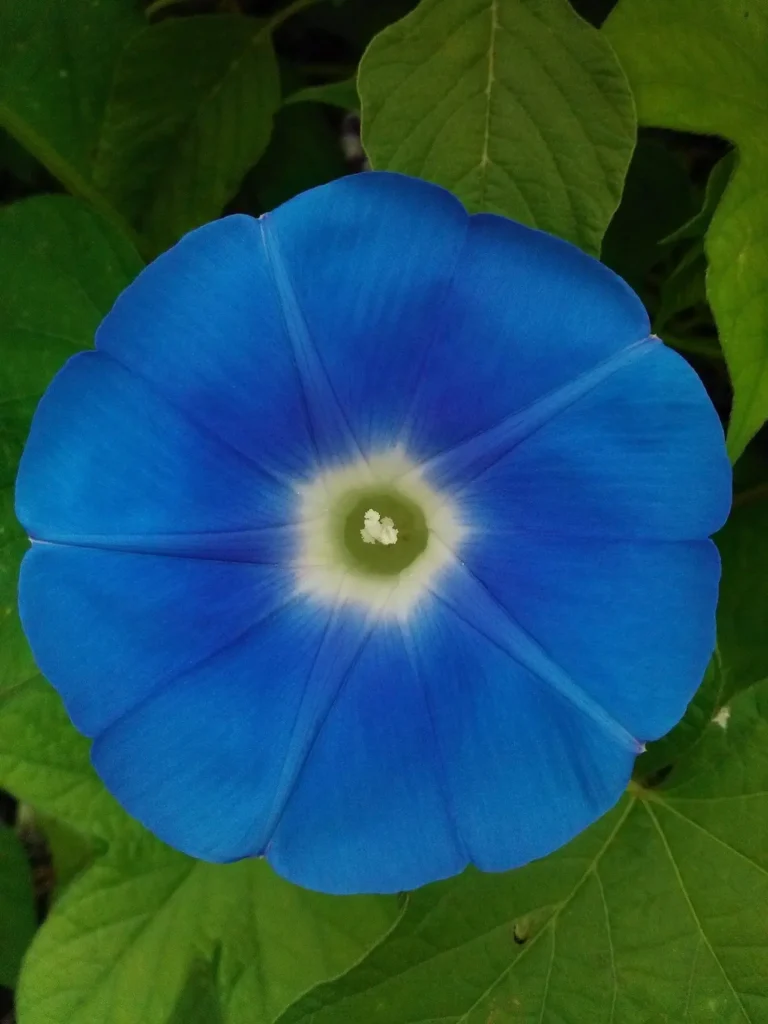
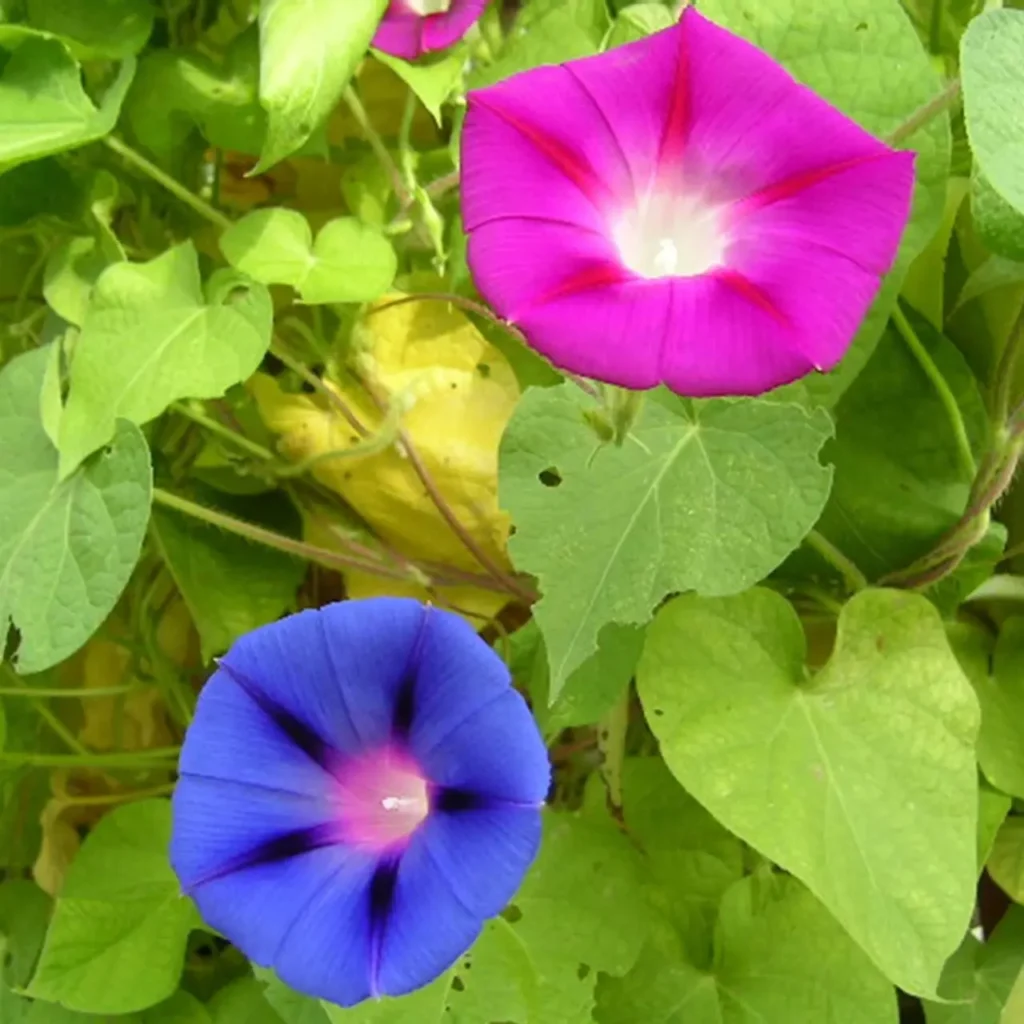
Symbolism and Cultural Significance
The name “Morning Glory” holds significant symbolism, as it refers to the flowers’ habit of unfurling their petals at daybreak. This natural phenomenon has inspired numerous cultural interpretations and stories. In some cultures, the Morning Glory is associated with rebirth, renewal, and the promise of a new day.
In Victorian-era floriography, or the language of flowers, Morning Glories symbolized affection, love, and the bond between two individuals. The flowers’ fleeting nature also lent them a sense of wistfulness, embodying the concept of embracing each moment.
Garden Cultivation and Joy
Ipomoea purpurea is a popular choice for gardeners due to its ease of cultivation and vibrant beauty. It is commonly grown as an annual in temperate climates, producing a profusion of blooms during the warm months. Morning Glories are often used to adorn fences, trellises, and arbors, adding vertical interest and bursts of color to outdoor spaces.
Caring for Morning Glories:
Cultivating and caring for Ipomoea purpurea requires attention to their unique requirements. Here are some general care guidelines:
- Light: Provide full sun to encourage robust growth and prolific flowering.
- Soil: Plant in well-draining soil that is enriched with compost or organic matter.
- Watering: Keep the soil consistently moist, especially during periods of active growth.
- Support: As Morning Glories are climbers, provide a sturdy support structure for them to twine around.
- Pruning: Prune back spent flowers to encourage continuous blooming and prevent self-seeding.
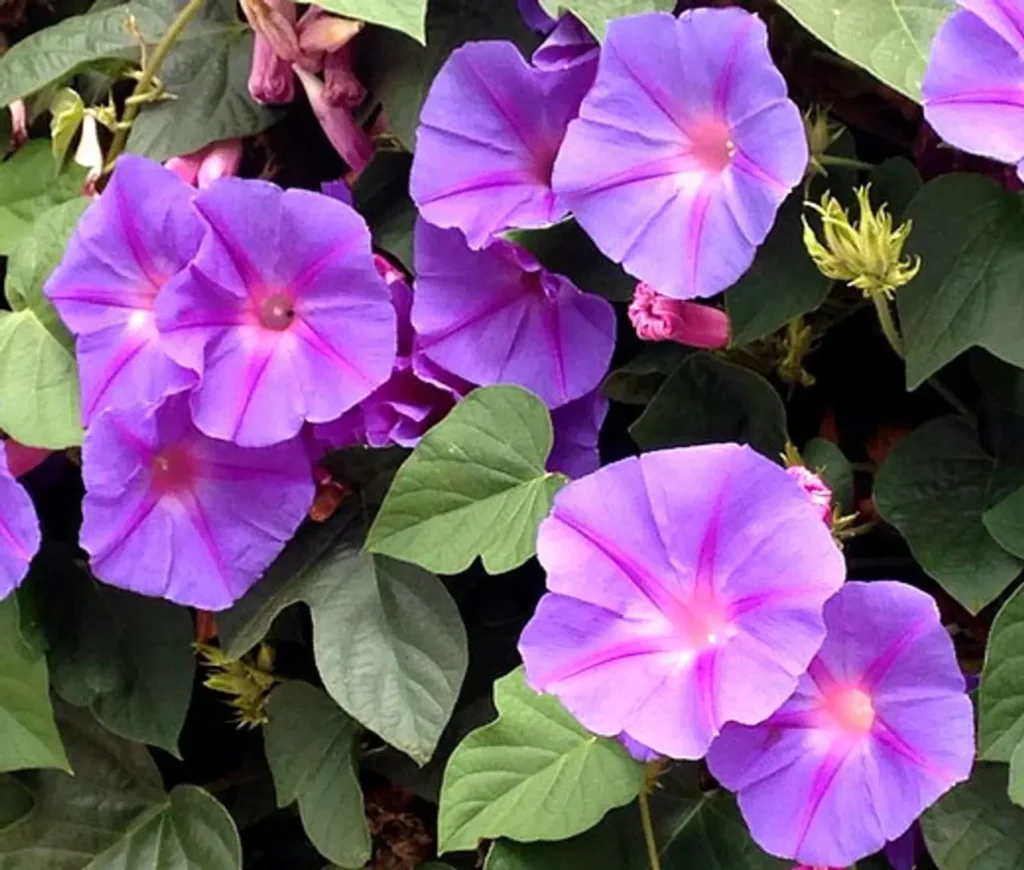
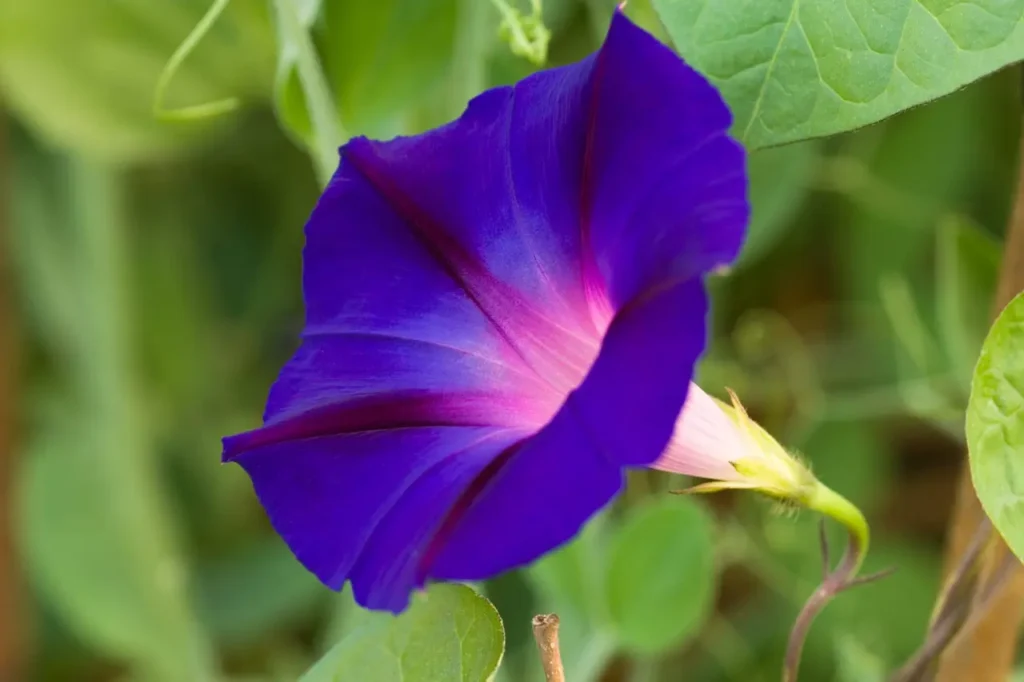

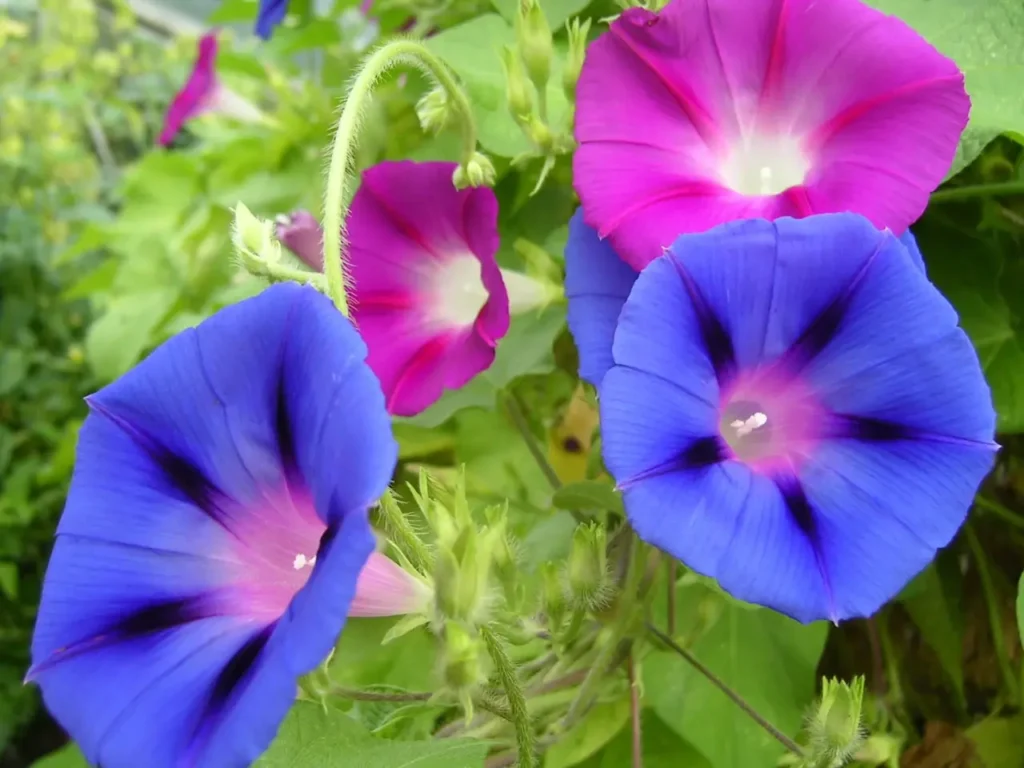
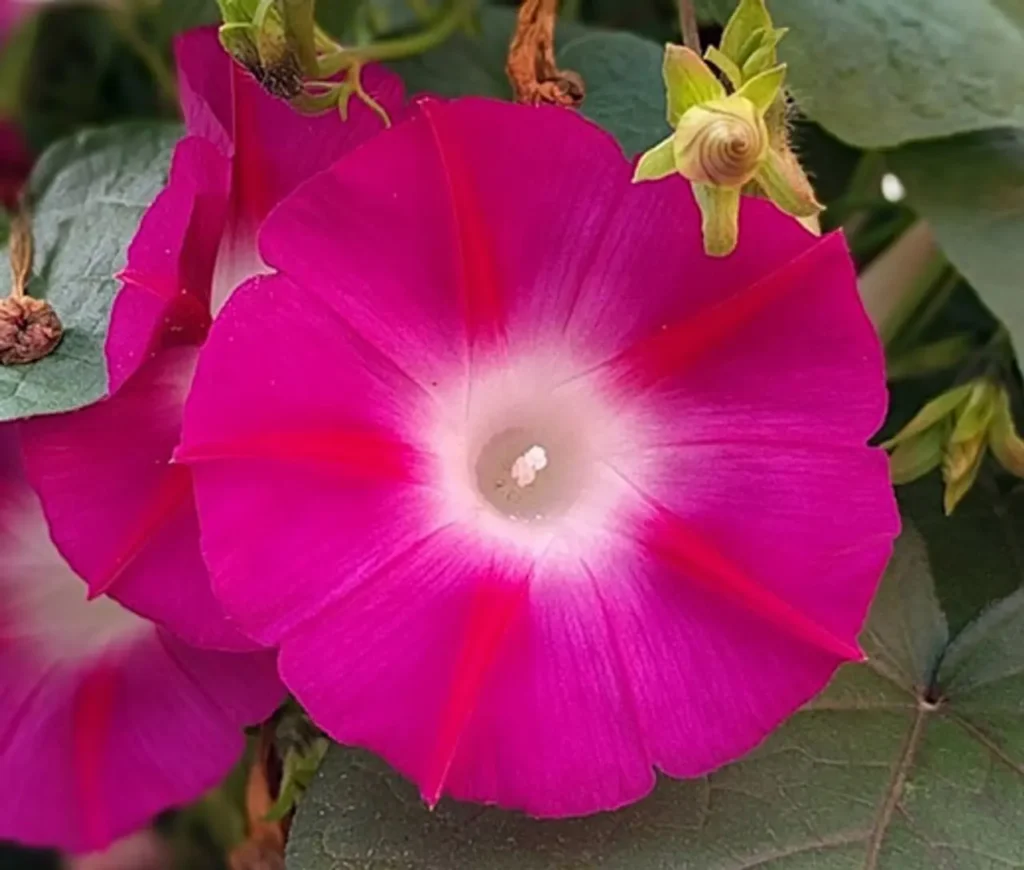
Ipomoea purpurea, the Morning Glory, enchants us not only with its exquisite blooms but also with its symbolism and cultural significance. Its fleeting beauty serves as a reminder to embrace the fleeting moments of life and to find joy in the cycles of nature. By cultivating and appreciating the Morning Glory, we engage in a timeless connection with the rhythms of the natural world, fostering a sense of wonder and enchantment that lasts long after the petals close with the setting sun.
